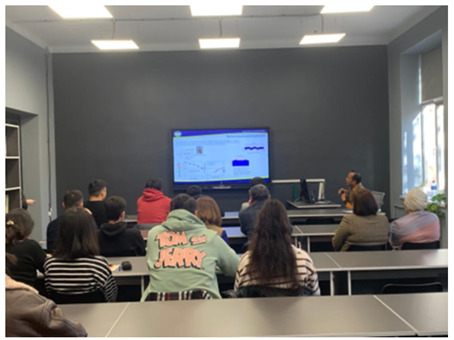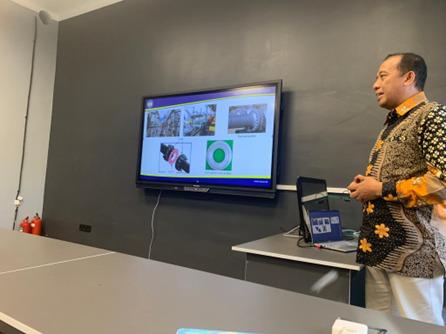
You are here
VISITING PROFESSOR BY MANUFACTURING ENGINEERING LECTURER, PROF. DR. ENG. IR. DIDIK NURHADIYANTO, M.T., IPU. ASEAN. ENG IN KAZAKHSTAN
PROFESSOR BY MANUFACTURING ENGINEERING LECTURER, PROF. DR. ENG. IR. DIDIK NURHADIYANTO, M.T., IPU. ASEAN. ENG IN KAZAKHSTAN
The asbestos gasket is a good packaging to avoid leakage, however the asbestos contains hazardous chemical and cause serious infection/disease. In Japan, the asbestos has been forbidden since 2008. There are alternative materials beside asbestos, however it still has high cost with lower material performance and lifetime. “Therefore, it needs a low cost and high-performance alternative material of gasket”, said Prof. Dr. Eng. Ir. Didik Nurhadiyanto, S.T., M.T., IPU, ASEAN Eng. during the public lecture in front of staff and undergraduate, graduate, and postgraduate students from Department of Mining and Metallurgical Institute, Satbayev University, Kazakhstan. Furthermore, Prof. Didik explained that researches about alternative material of gasket has been developed following the restriction of asbestos application. He delivered a course about an implementation of SUS304 as material of corrugated metal gasket for replacing asbestos material which production had been discontinued. “The corrugated metal gasket was made by two corrugated layers, in the top and the bottom to minimize bolt shear stress and provide spring effect in order to avoid bolt removal”, said Prof. Didik on Tuesday (10/1). This research utilized nickel and copper material to coat the SUS304 material. Nowadays, this corrugated metal gasket has been applied in some industries.
Other than gasket, Prof. Didik, who is also a coordinator of Bachelor of Manufacturing Engineering, Faculty of Engineering UNY also talked about the research related to bullet-resistant vest with ramie fibre as basic material. This was done because the development of bullet-resistant fibres made from Kevlar and ceramic is good but not environmentally friendly and has high production costs. According to him, ramie fibre (boehmeria nivea) is a natural fibre that has excellent mechanical properties, namely tensile strength of 849MPa and firmness of 16MPa. "The weakness of ramie fibre is that it cannot withstand sharpness even though ramie fibre withstands tensile tests very well," explained Didik. Therefore, it is necessary to develop bullet panels made from ramie fibre by providing hard material in front of the ramie fibre as a first strike layer. The material used must be able to break the bullet material. The breaking of the bullet material will blunt the bullet, then the bullet will be entangled in the ramie fibres. The situation will be different if the position is reversed, that is, the ramie fiber is placed in the front and the hard material is placed in the back. The bullet will still penetrate the panel because the ramie fibre placed in front will be easily penetrated by sharp bullets. Development of bulletproof panels to withstand level II, IIIA, III and IV bullets according to National Institute of Justice (NIJ) standards. For level II and IIIA bullets, it is enough to use Ramie Fiber Reinforce Epoxy (RFRE), but for levels III and IV it must be added with a first strike layer in front of the RFRE made from tungsten carbide, silicon carbide or hardened steel.

The public lecture held by Didik Nurhadiyanto in Kazakhstan was a visiting professor activity. According to him, this activity is part of the third main lecturer’s performance indicator, namely lecturers’ activities outside campus. Apart from that, this activity also supports UNY's World Class University (WCU) program, one of the activities of which is visiting professor outbound. Didik Nurhadiyanto provided material at the public lecture on two topics. The first topic is about 'Development of Corrugated Metal Gaskets for Pipe-to-Pipe Joints', while the second topic is 'Development of Composite Hybrid Ramie Fiber Reinforced Epoxy (RFRE)-Tungsten Carbide, Ceramic SiC, and Hardened Steel as Bulletproof Panel NIJ Standard “.
Pengisian Data
Contact us

Copyright © 2026,

